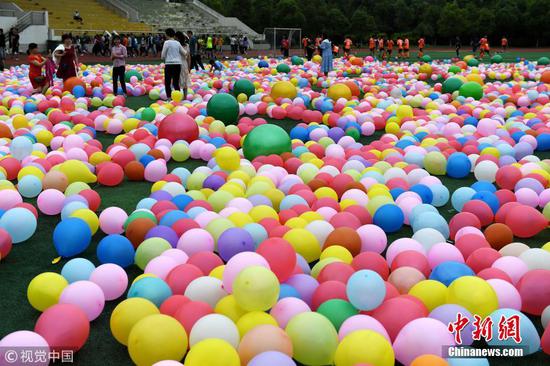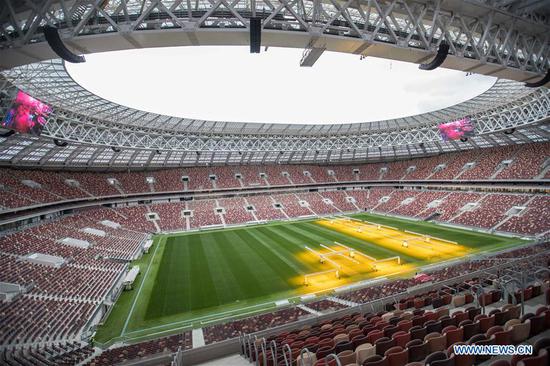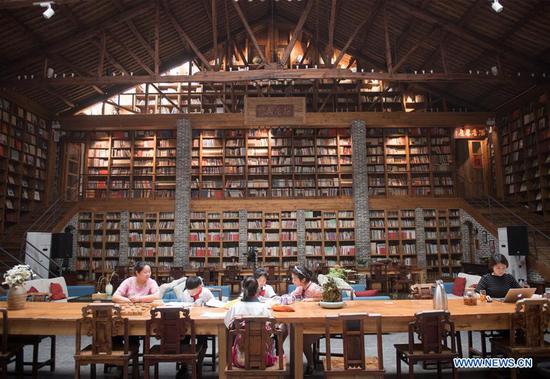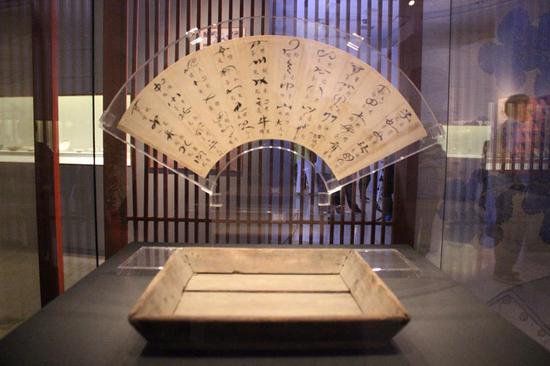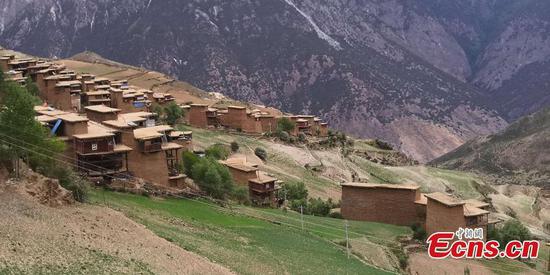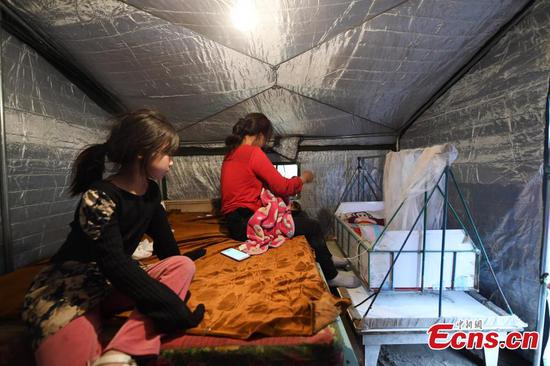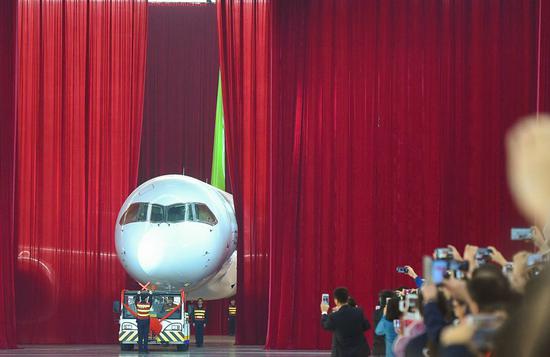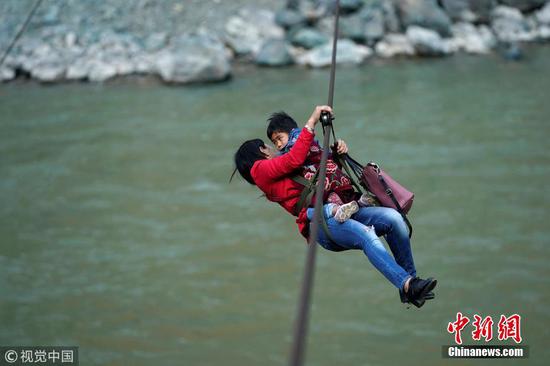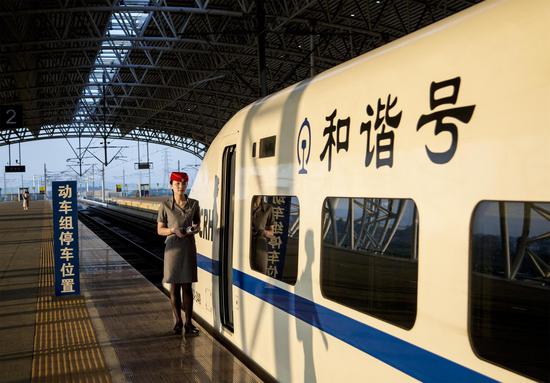China's photovoltaic (PV) industry is playing a dominant role in global solar markets thanks to favorable policies, and it will find new growth opportunities along the Belt and Road (B&R) initiative routes, a business representative said.
Domestic PV companies have become strong in terms of size, expertise and volume, and they are very quickly expanding to Southeast Asia and other parts of the world, said Andreas Liebheit, president of Shanghai-based Heraeus Photovoltaics.
"Non-Chinese PV companies seek higher efficiency and specialized technology and sometimes they can be very successful, but their volume is relatively small compared with Chinese companies," Liebheit told the Global Times on the sidelines of the 12th (2018) International Photovoltaic Power Generation and Smart Energy Exhibition and Conference held in Shanghai.
"I would say that the Chinese PV companies are dominating the global market," he noted.
China's newly installed PV capacity reached 53.06 gigawatts in 2017, up 53.62 percent on a yearly basis, according to data released by the National Energy Administration.
A driving factor behind the quick growth of China's solar industry is policies, Liebheit said, noting that the Chinese government's decisions, including reductions in carbon dioxide emissions and the promotion of electric cars, are heading in the right direction.
Liebheit noted that the international footprint of the Chinese solar sector maintains sound growth, and the domestic industry will be driven by opportunities and large growth potential in the B&R markets.
"India is a booming market, as is Turkey on the doorstep of Europe. We also have poorer countries that need electricity in remote areas. So there's a lot of potential.
"It doesn't mean that Chinese PV firms donate a lot of money to poor countries along the B&R routes. It's a win-win situation for China in terms of giving and lending money. This process stimulates renewable systems' development," he continued.
But there are some challenges for the development of the Chinese PV industry, such as finding a balance between cash flow and investing downstream, and also a balance between profit and investing in new technologies, according to Liebheit.
"We see the solar market as a whole growing between 20 to 30 percent every year globally. I think this will continue, but this year it is at a slower rate about 10 percent due to several reasons," he forecast.
Solar power is still cheapest in the United Arab Emirates, where the installation cost can be around 2 US cents per kilowatt hour, he said, adding that "in China today, we have 6 US cents per kilowatt hour."
China's solar power price is still a bit high, but there's plenty of potential to bring this down, Liebheit said.











